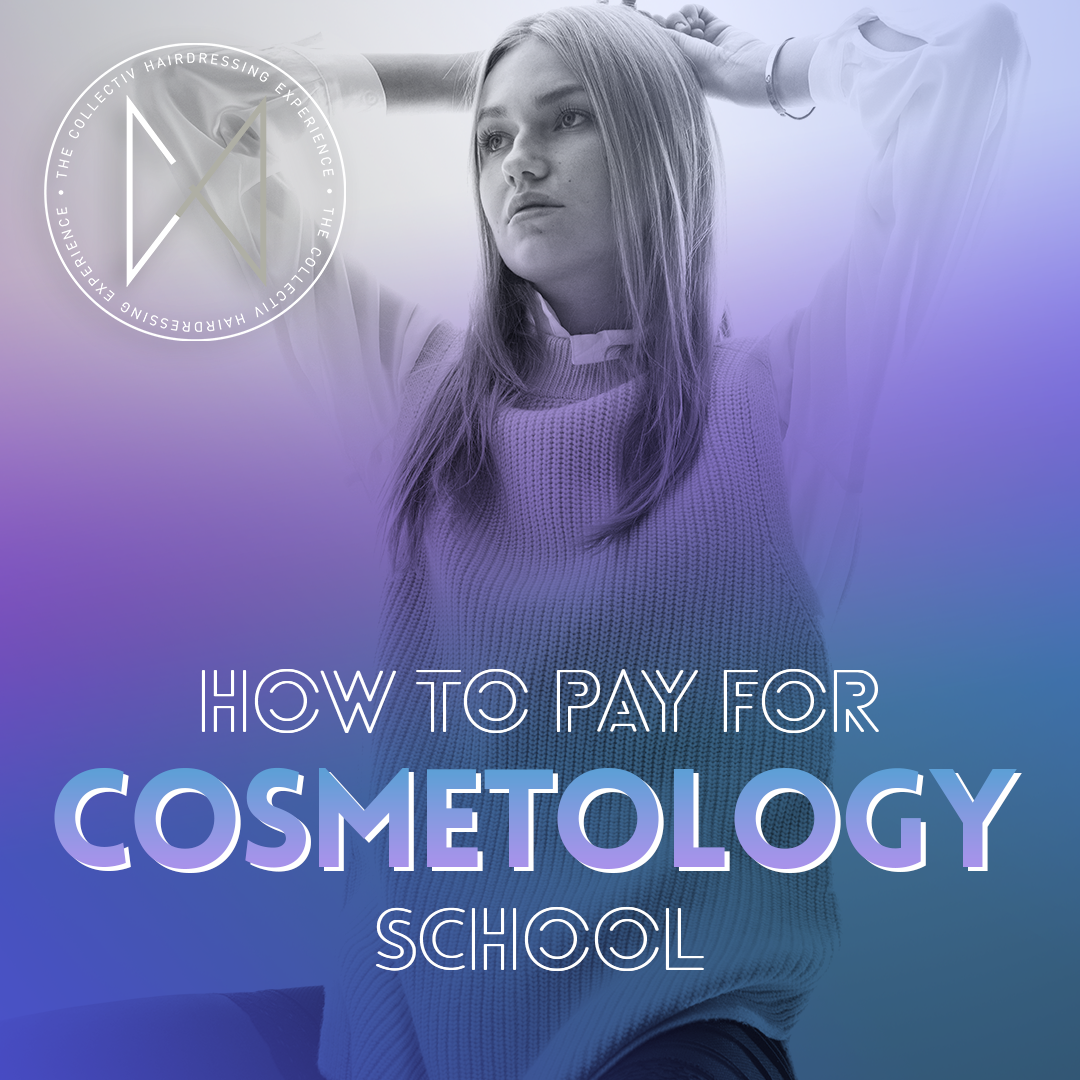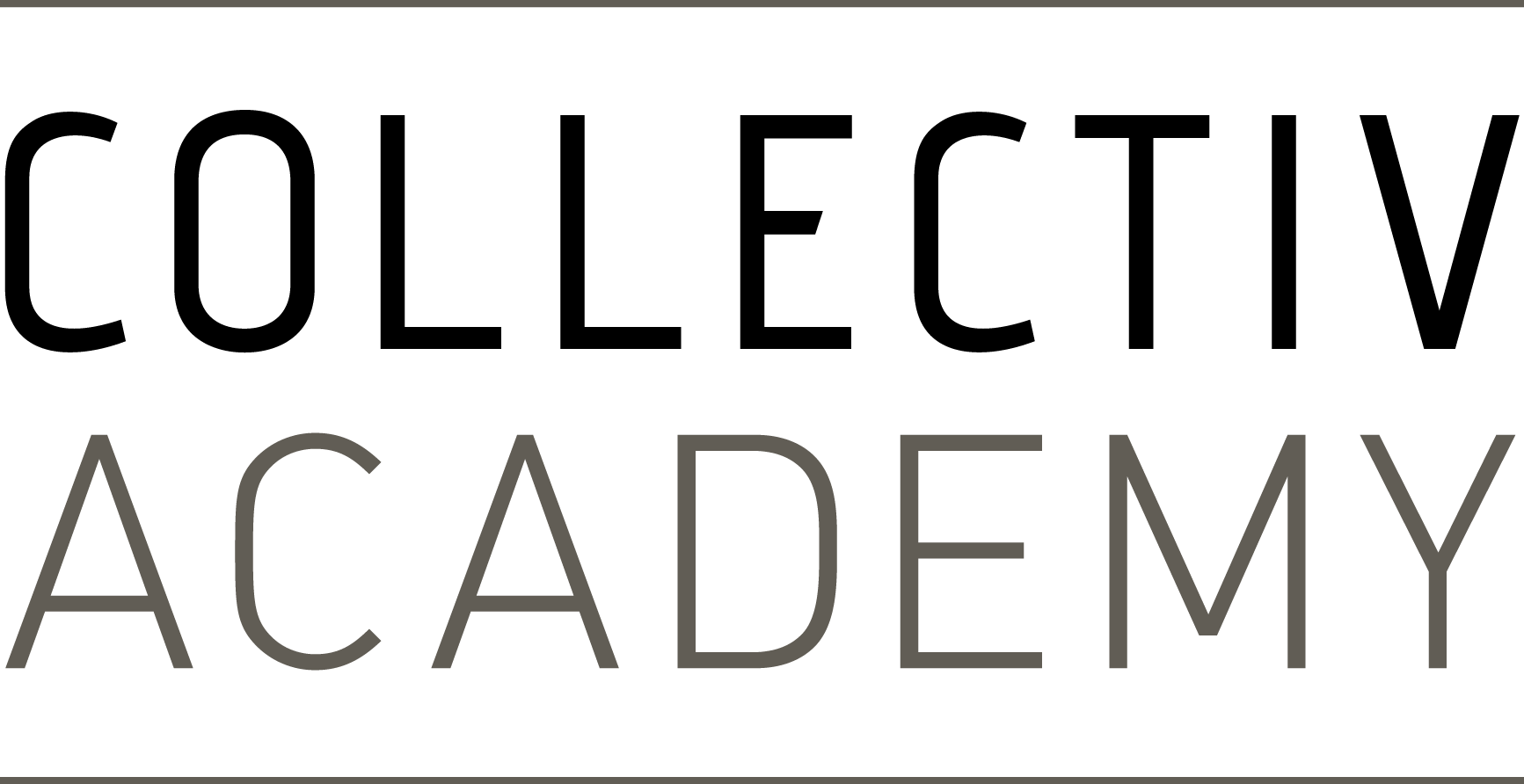August 15, 2016
How to Pay for Cosmetology School

Dreaming of a career in the beauty industry but unsure how to afford cosmetology school? You’re not alone—and the good news is, you have options. At Collectiv Academy, we understand that cost is one of the biggest concerns for aspiring hairstylists and barbers. That’s why we’re here to help you understand how you can fund your education so that nothing stands between you and your dream career.
From federal aid to family support, let’s walk through the major funding sources available for beauty school students, plus some tips to make your financial journey smoother and more manageable.
Why Funding Matters in Your Cosmetology Journey
Starting a cosmetology program is a big step—and an important investment in your future. At Collectiv Academy, we equip students with top-tier skills and education in a modern, salon-like environment. But like any quality education, there’s a cost involved.
The total cost of cosmetology school can vary between tuition, kits, supplies, and other fees. Fortunately, *financial aid and alternative funding options can help you close the gap and start your career with confidence.
1. Federal Pell Grants: Free Money for School
What Is a Pell Grant?
A Pell Grant is a type of federal financial aid awarded to students who demonstrate financial need. Unlike loans, Pell Grants do not need to be repaid, making them one of the most beneficial ways to fund your education.
How Much Can You Get?
For the 2025–2026 academic year, eligible students may receive up to $7,395 (this amount can vary slightly each year). Pell Grants can be applied directly toward tuition, fees, or even educational supplies.
Who Qualifies?
Eligibility is determined primarily by:
- Your Expected Family Contribution (EFC) from your FAFSA
- Your enrollment status (full-time vs. part-time)
- Whether you’re enrolled in an eligible school and program, like Collectiv Academy
If you’re from a low- to moderate-income household, applying for a Pell Grant should be your first step.
2. Federal Direct Loans (Stafford Loans)
What Are Stafford Loans?
If grants don’t fully cover your education costs, federal student loans—also known as Stafford Loans—can help fill the gap. These loans are offered by the U.S. Department of Education and feature low interest rates and flexible repayment options.
Two Types of Stafford Loans
- Subsidized Loans: Based on financial need, the government covers the interest while you’re in school.
- Unsubsidized Loans: Available to most students regardless of need; you’re responsible for all accrued interest.
How Do You Apply?
You must:
- Complete the Free Application for Federal Student Aid (FAFSA).
- Accept loan offers through your school’s financial aid office.
- Undergo entrance counseling and sign a Master Promissory Note (MPN).
At Collectiv Academy, our financial aid team can help you every step of the way.
3. Private Loans: Community Banks & Credit Unions
What Are Private Loans?
Private loans come from banks, credit unions, or online lenders, rather than the government. These are often used when federal aid isn’t enough or if you don’t qualify for grants or Stafford Loans.
Pros:
- May offer higher borrowing limits.
- Often faster to process.
- Available to a wider range of credit histories with a cosigner.
Cons:
- Usually higher interest rates than federal loans.
- May lack the flexible repayment plans and protections of federal aid.
- Creditworthiness plays a big role in approval and rates.
Tips for Success:
- Compare interest rates, fees, and terms from multiple lenders.
- Check with local credit unions—they often offer better rates to community members.
- Only borrow what you need and have a plan to repay.
4. Friends, Family & Personal Support Systems
While not an official “loan,” some students receive help from parents, guardians, or close relatives. This could come in the form of:
- A gift contribution toward tuition or supplies.
- An interest-free loan from a family member.
- Co-signing a private loan to improve your approval chances.
If you’re going this route, be sure to:
- Communicate clearly about expectations.
- Treat any loans with professionalism (consider a written agreement).
- Show your family how seriously you’re taking your education.
Your family wants to see you succeed—and sometimes, they’re your best resource.
Bonus Tip: Scholarships for Cosmetology Students
Why Scholarships Matter
Scholarships = free money—and there are hundreds out there specifically for beauty school students. These are awarded based on factors like:
- Academic achievement
- Artistic ability
- Financial need
- Community involvement
Where to Find Scholarships
- Beauty Changes Lives Foundation
- PBA (Professional Beauty Association)
- Great Clips Scholarship Program
- Your local salon or community organization
How to Win One:
- Apply early and often.
- Follow all directions carefully.
- Include a thoughtful essay or video that shows your passion for beauty.
Many scholarships are small ($500–$2,000), but they can add up fast!
What About Work-Study and Part-Time Jobs?
While federal work-study programs are often limited to traditional colleges, cosmetology students can still work part-time jobs to help pay for school or living expenses.
Ideas for Flexible Work:
- Front desk or assistant in a salon
- Receptionist at a spa or beauty clinic
- Freelance makeup for events and weddings
- Social media content creation for local businesses
If you’re creative and self-motivated, part-time work in the beauty field can boost your resume while helping you earn income.
How to Get Started: Applying for Financial Aid
To access most federal financial aid (including Pell Grants and Stafford Loans), you must complete the Free Application for Federal Student Aid (FAFSA®).
Step-by-Step FAFSA Guide:
- Go to studentaid.gov and create an FSA ID.
- Gather documents (Social Security number, tax returns, bank statements).
- Fill out the FAFSA online.
- Add Collectiv Academy as your school of choice.
- Submit and watch for your Student Aid Report (SAR).
Need help? Our financial aid team is here to walk you through the process. We’ve helped hundreds of students just like you secure the support they need.
Understanding the Total Cost of Cosmetology School
Before applying for aid, it’s important to understand what your full investment will look like. At Collectiv Academy, your costs may include:
- Tuition
- Kits and supplies (mannequins, tools, etc.)
- Books and course materials
- Licensing fees
- Uniforms or dress code-compliant clothing
Our admissions team can give you a full cost breakdown during your campus tour or consultation. Just ask!
Tips to Stay Financially Smart While in School
Even with funding, beauty school is an investment. Here’s how to make your dollars stretch:
Budget Like a Pro:
- Track every expense using a budget app.
- Cut out non-essential costs where possible (eating out, subscriptions).
- Look for student discounts on products, transportation, and events.
Save on Supplies:
- Buy kits and materials used or on sale when possible.
- Team up with classmates for bulk purchases.
- Ask instructors about affordable alternatives.
Apply for More Than One Type of Aid:
Stacking a Pell Grant + federal loan + scholarship + part-time job can significantly reduce your out-of-pocket expenses.
Let’s Talk About Your Future
At Collectiv Academy, we don’t just teach hairstyling—we help you build a career. We believe financial obstacles shouldn’t stand in the way of your dreams. Whether you need help with your FAFSA, exploring loan options, or learning about scholarship opportunities, our team is here to support you.
Ready to Start Your Cosmetology Journey?
Here’s how to begin:
- Schedule a tour of Collectiv Academy.
- Meet with our financial aid team to explore your options.
- Apply for financial aid (FAFSA + scholarships).
- Take the first step toward the career you’ve always wanted.
Don’t let the cost of school stop you from building a life you love. With the right planning—and the right support—you can make it happen. Contact us today to get started.
*financial aid is only available to those who qualify
